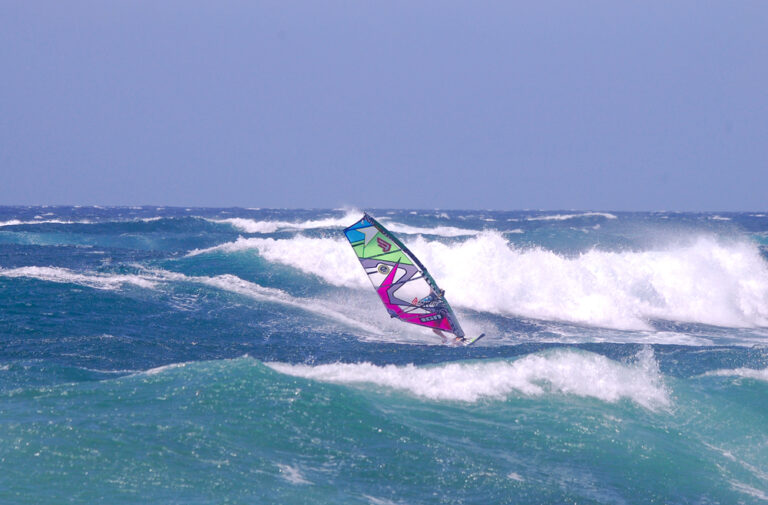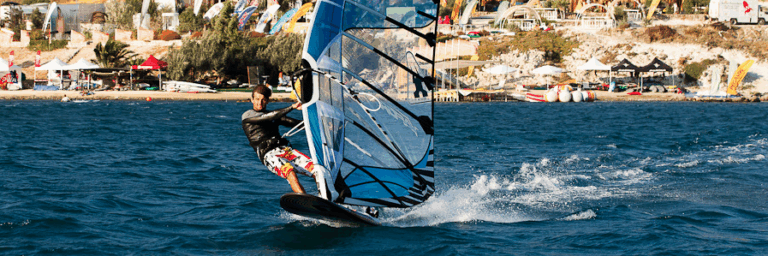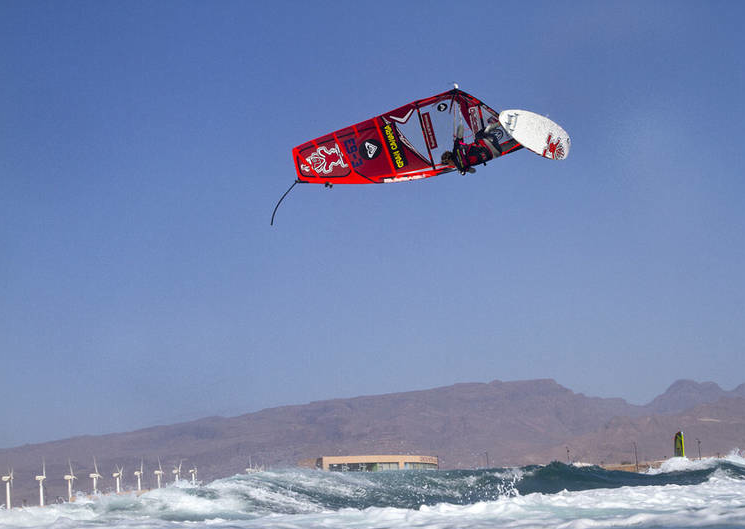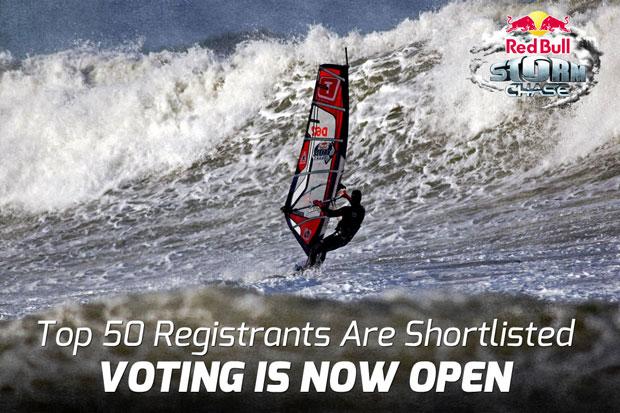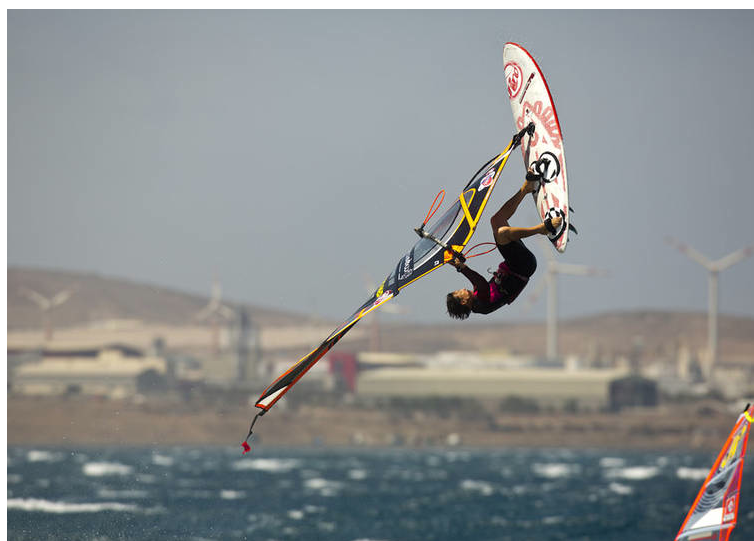The final rider in our Pro Quiver series is current tour leader, Phil Horrocks. Phil’s set up is obviously working well for him, in a range of conditions, but what’s his secret?
Check out the previous instalments of the Pro Quiver series:
The introduction to the pro quivers and profile one from fifth placed rider Adam Lewis here.
Second up in the series was Ben Proffitt, find out what he has in his van here.
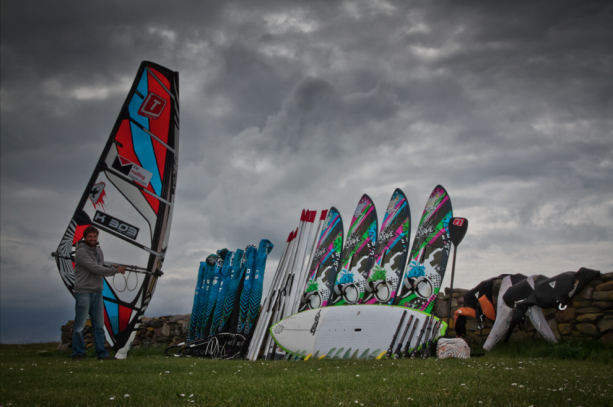
Name: Phil Horrocks
Current BWA Ranking: 1st
2011 PWA Ranking: 15th
Sail Number: K303
Height: 6’0
Weight: 84kg
Sponsors: Tabou, Gaastra, themailingroom.com and Chinnok.
Favourite conditions: Preferably windy with big waves, although waves over head high regardless of the wind is nice enough.
When your equipment works best: I think my 79l Da Curve and 4.7m make the perfect combo at the moment, working best in side shore, not too windy conditions.
Describe your sailing style: Creative! I try and do different things, mix it up a little, although my focus is definitely more on big wave hits rather than tricks.
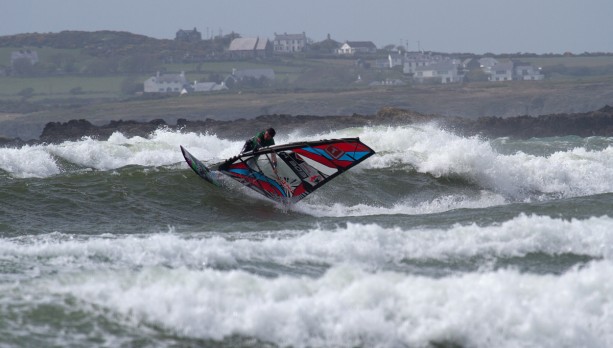
Sails:
Gaastra Manics all production, all sizes so that’s: 3.7 4.0 4.2 4.5 4.7 5.0 5.3 5.7
I use the Manic because I like a sail that’s good for all conditions, I don’t want to be limited to feeling comfortable at any one time. The Manic has everything I need, I like to ride with slightly more power in my sail and with a slightly bigger sail, therefore I need it to have a good top end, so that I can hang onto it when the wind fills in. The Manic delivers in all of these areas for me. The power delivery is also really smooth and you can depower the sail fairly easily when you need to.
We had a change of sail designer approx two years ago now, I’ve used some prototypes out in South Africa and it looks like next years sails will progress quite a bit. In terms of power they have quite a bit more, but the sail still feels really light in the hands. The light weight constructions means it will still be really easy to use and manoeuvrable, but deliver that bit extra power.
I have tried the IQ, which is the Gaastra four batten sail. I’ve used the IQ in bigger sizes and I really like it for good, side shore conditions with lighter winds. It’s really easy to use, manoeuvrable and great on off power. Personally, as I am bit heavier when it starts to get really windy and I am using a 4.2 or 4.0 I like to have the extra stability that comes from the Manic.
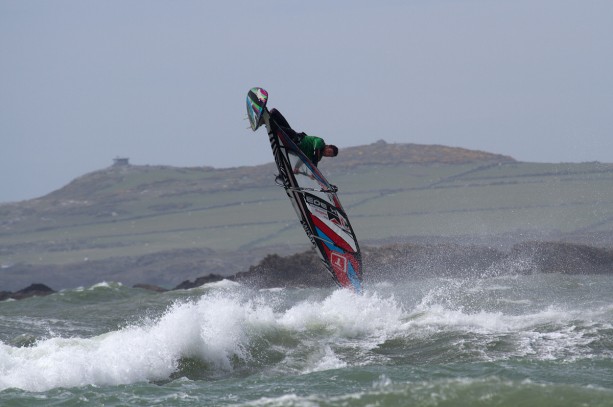
Masts:
I use the 100% RDM Gaastra masts in 400 and 430. 370 I have the 75% it’s a bit more durable. 100% definitely feels a little lighter in the tip and is more responsive, but when it’s windy enough for the 370 it doesn’t matter that much!
I’ve got enough to rig everything, plus a few spares so I probably have approx. ten altogether.
Booms:
I use the Chinook boom, it’s really reliable and I love it! It has a narrower profile, so it feels a bit nicer when wave riding as I’m closer to the sail. It’s also a pretty stiff boom, so it pulls forward rather than flexing sideways. In total I have about four, so that for competitions I can be prepared with a couple of sails fully rigged. Day to day I would just get away with one or two booms.
Boards:
Da Curve 74 79 85 91
I find these better for me in pretty much all conditions, they are definitely my competition board of choice. They can all be set up as a quad or thruster, with the five light weight slot box options you get, I usually go for the quad option for a more radical wave riding feel under foot. I don’t really need the Pocket Wave so often, I like to use the Da Curve all the time pretty much. I feel really comfortable on the Da Curve and know how to ride it well, I change the fin set up according to the conditions to make it work for whatever the wind/water is doing, rather than changing to another board with a different shape.
Pocket Wave 75 85.
These are really my practice boards! I use them when it’s pretty onshore and I want to practice some jumping, set up as a single thruster, or in extremely nasty conditions when you need a bit more drive and control, like Sylt or Denmark can be!
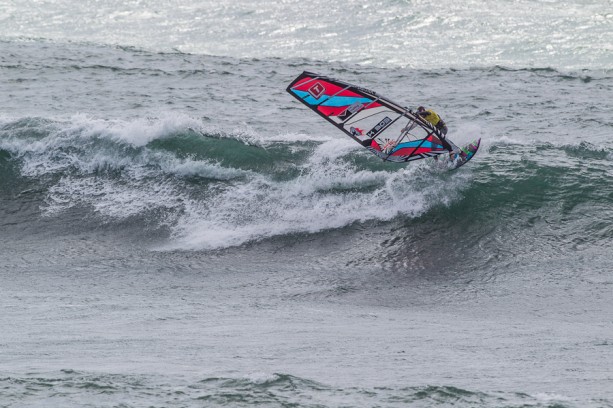
Set Up:
74 up to 4.7 – depending on the conditions. If it’s side/side off wind and 4.7 weather, I would still be using the 74l as it’s better on the wave.
79 up to 5.3 – again depending on the conditions. If it’s onshore I will tend to use a bigger board as you need a bit more carry through the turns and a bit more early planing ability.
85 – I used 85 in Ireland and the 79 in Rhosneigr this year. The 85 fills a good gap between the 79 and 91, I pretty much just use it with the 5.3. If it’s any windier than that I would take the 79 (unless it’s very onshore and smooth between the waves, like Rhossy gets, then I’ll use it down to 4.5) and any lighter it would be straight onto the 91.
91 – only really with the 5.7
I tend to try and stay on as bigger board as possible, it helps you get around more, get more waves, always be planing and get more jumps. Obviously as you go smaller the boards turn better and you can do almost anything on, but especially for competition this is outweighed by the benefits of having a bigger board. When the waves are bigger I do like to go a bit smaller on the boards, you get much more speed and more power so having a slightly narrower board has it’s advantages for control, the 79 is ideal as iI can pretty much float on it and it has bags of control.
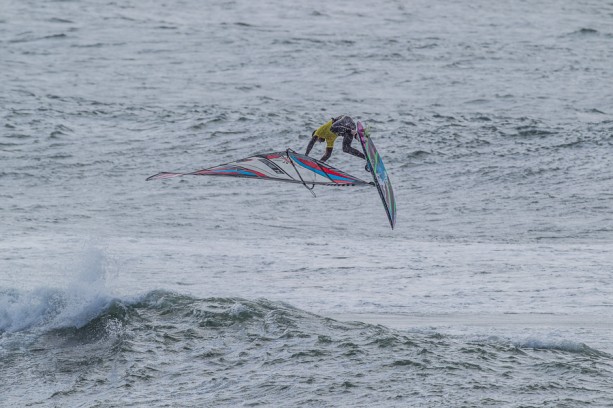
Fins:
I use production fins and stick them in the middle! One reason for doing this is for board testing. I have to give feedback for the development of the boards, changing fins and fin positions makes it hard to establish what is going on with the board itself. I stick to the standard position for the fins, which is pretty much in the middle on the Tabous and that’s it! On some other brands there’s a lot more room to play with, but on the Tabou boards there’s not that much that you can adjust the fins by anyway, because they’re already in the right spot!.
I have played around with fins in the past a bit more, but I don’t think it radically changes the performance of these boards too much. Maybe if you move the fins all the way to the front or the back it does, but I’m not sure how much difference moving them one or two cms makes!
Accessories:
I use Gaastra wetsuits, at the moment I have a whole load of prototypes of these as I’m involved in the development. I use the 5 3 double lined suit pretty much all the time in the UK!
I also have Gaastra T5 harness. Chinook bases and carbon extension, which are indestructible.
Tabou SUPs I have 8’2 9’2 10’2. The 8’2 feels just like a surf board, 9’2 is a brilliant all round board, and the 10’2 is just great fun with mates.

